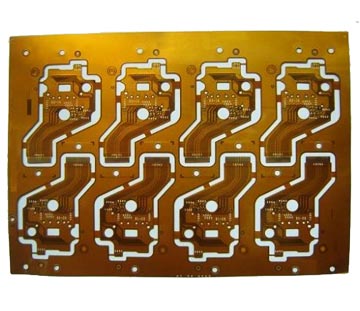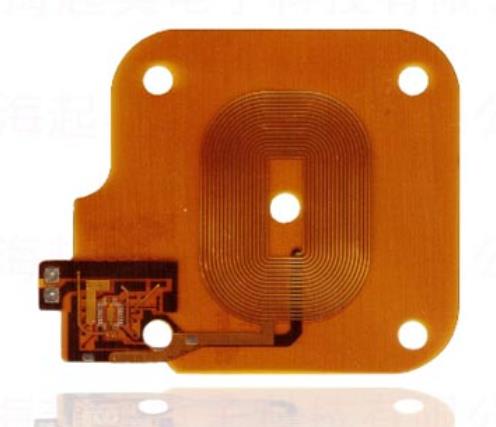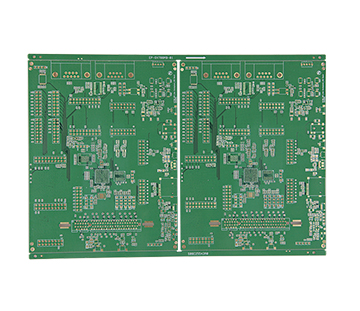
Introduction to how to route the key signals of the circuit board
The circuit board manufacturer, circuit board designer and PCBA manufacturer will explain how to route the key signals of the circuit board
The main feature of analog signal is poor anti-interference, and the protection of analog signal is mainly considered when wiring.
The processing of analog signals is mainly reflected in the following points:
1. In order to increase its anti-interference ability, the routing shall be as short as possible.
2. Impedance control requirements can be waived for some analog signals, and the routing can be appropriately thickened.
3. Limit the wiring area, and try to complete the wiring in the analog area, away from the digital signal.
High speed signal wiring requirements
1. Multilayer wiring
High speed signal wiring circuits often have high integration and high wiring density. The use of multilayer circuit boards is not only necessary for wiring, but also an effective means to reduce interference. The reasonable selection of the number of layers can greatly reduce the size of the printing plate, make full use of the intermediate layer to set the shield, better realize the nearby grounding, effectively reduce the parasitic inductance, effectively shorten the transmission length of the signal, and greatly reduce the cross interference between signals.

2. The less lead bends, the better
The lead between pins of high-speed circuit devices shall be bent as little as possible. The lead wire of high-speed signal wiring circuit should preferably be a straight line, which needs to be turned, and can be turned by 45 ° broken line or arc. This requirement is only used to improve the fixation strength of steel foil in low-frequency circuits, while in high-speed circuits, meeting this requirement can reduce the external transmission and mutual coupling of high-speed signals, and reduce the radiation and reflection of signals.
3. The shorter the lead, the better
The lead between pins of high-speed signal wiring circuit components shall be as short as possible. The longer the lead wire of the circuit board, the greater the distributed inductance and capacitance, which will have a lot of influence on the passing of high-frequency signals of the system, and will also change the characteristic impedance of the circuit, causing reflection, oscillation, etc. of the system.
4. The less alternating between lead layers, the better
The less lead layer alternation between pins of high-speed circuit devices, the better. The so-called "less interlaminar alternation of leads, the better" means that the fewer vias used in the component connection process, the better. It is measured that one via can bring about 0.5pf distributed capacitance, leading to a significant increase in circuit delay. Reducing the number of vias can significantly improve the speed.
5. Pay attention to parallel cross interference
For high-speed signal wiring of circuit board, pay attention to the "cross interference" introduced by the close parallel routing of signal lines. If the parallel distribution cannot be avoided, a large area of "ground" can be arranged on the reverse side of parallel signal lines to greatly reduce the interference.
6. Avoid branches and stumps
High speed signal wiring shall avoid branching or stubs. Stubs have a great impact on impedance, which can lead to reflection and overshoot of signals, so we should generally avoid stubs and branches in design. The daisy chain wiring will reduce the impact on the signal. Circuit board manufacturers, circuit board designers and PCBA manufacturers will explain how to route the key signals of circuit boards.









